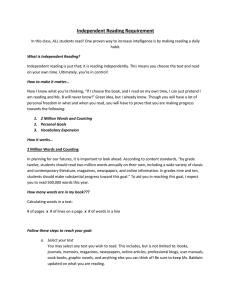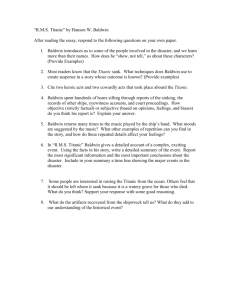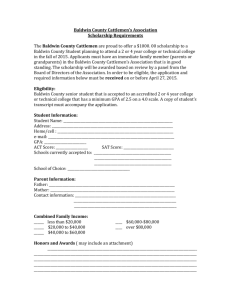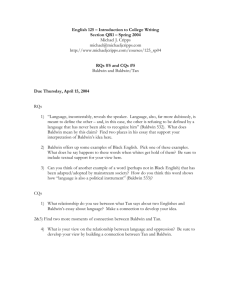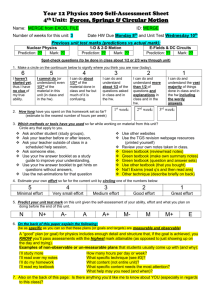Unit 2 – Communication in Health & Social Care Settings
advertisement
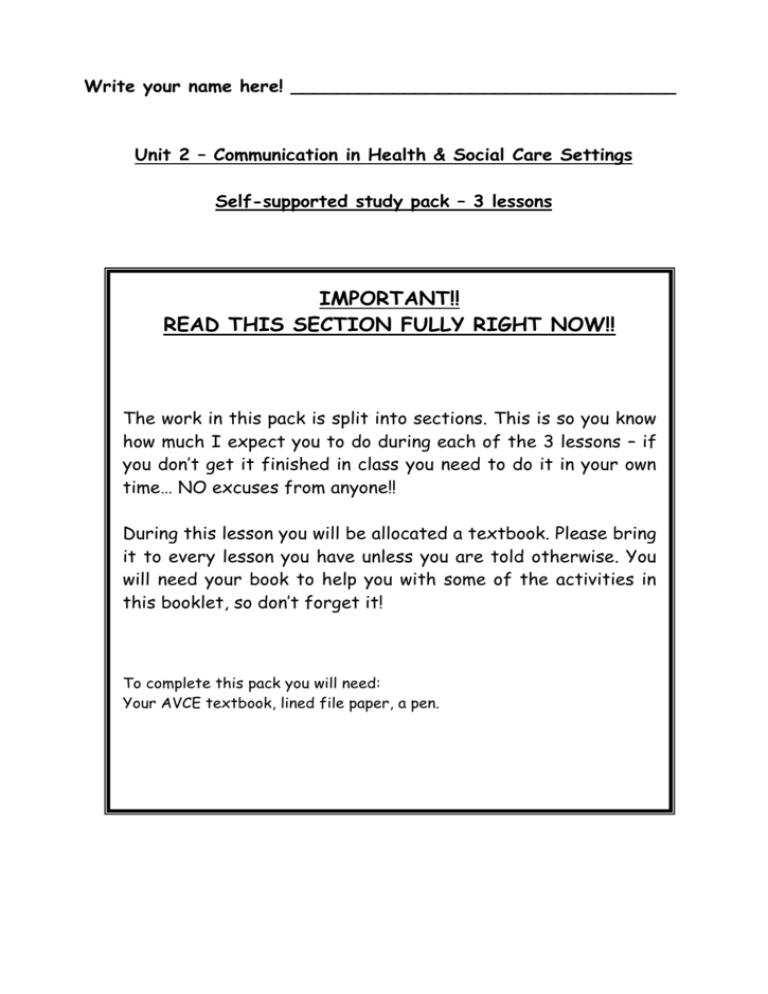
Write your name here! __________________________________ Unit 2 – Communication in Health & Social Care Settings Self-supported study pack – 3 lessons IMPORTANT!! READ THIS SECTION FULLY RIGHT NOW!! The work in this pack is split into sections. This is so you know how much I expect you to do during each of the 3 lessons – if you don’t get it finished in class you need to do it in your own time… NO excuses from anyone!! During this lesson you will be allocated a textbook. Please bring it to every lesson you have unless you are told otherwise. You will need your book to help you with some of the activities in this booklet, so don’t forget it! To complete this pack you will need: Your AVCE textbook, lined file paper, a pen. Formal and Informal Interaction Read textbook pages 75 and 76 (‘Informal interaction’, ‘Professional roles’ and ‘Formal interaction’), paying particular attention to diagrams 2.2 and 2.4. You do not need to take notes! Just answer the questions below. 1. What is the difference between formal and informal interaction? 2. Think about your own life and the ‘roles’ you have. Draw a spider diagram like the ones in diagrams 2.2 and 2.4, showing the different roles you play in your life depending on the situation you are in. This incomplete example might help you to get started… organiser friend Social Life employee Family Work me College 3. On page 76, the textbook states that ‘although informal interaction is often unplanned, care workers must respond in ways which are appropriate […] to their role’? What do you think it means by this? Explain clearly in your own words. Read the case study below. It shows how good communication skills, practiced appropriately, can help care workers to do their job effectively. If they are able to do the essentials of their job quickly and well, it gives them more time to spend with clients / patients on an informal basis, which is also an important part of the job. 4. Answer the 2 questions at the end of the text as fully as you can. 5. Think about the case study again. As a student nurse, Emma feels nervous and inexperienced in the ICU. How do you think Chloe could put her at ease? Remember that Chloe is very busy and will not have time to sit and talk with her until after the busy handover period, so you’ll need to think of another way! Try to think of a number of ways and decide which is best by showing their pros and cons. Barriers to Communication Read the case study below. Before you think about the task in the right-hand column, answer the questions – they will help you to clearly consider the main problems in Dr Baldwin’s office. 1. What does the case study identify as Dr Baldwin’s patients’ main concerns about his own communication skills? 2. What are the physical barriers to communication in Dr Baldwin’s office? 3. Use the information you have given for questions 1 & 2 to make a table like the one below. You should use a whole side of A4 in landscape format (on its side) so you have plenty of room to write in. Make sure your suggestions are realistic! Barrier to good communication / Problem How it could affect communication Effect of problem on client (their health or wellbeing) How the barrier / problem could be resolved 4. Which 2 changes, out of the ones you have suggested, do you think would have the biggest impact on improving the way patients feel about how they are treated in Dr Baldwin’s practice? Justify your answer. 5. Not many people take criticism easily, and getting Dr Baldwin to change the way he deals with his patients could prove to be very difficult. How would you go about getting him to change without offending him or making him defensive? The picture above shows the lounge of a residential home for elderly people. 6. a. What effect do you think the physical layout of the room might have on communication between residents? Explain your answer clearly. b. How do you think residents’ would feel about sitting in this room? Why? What effect could staying in this room for long periods have on their selfesteem? 7. Draw a rough plan of an alternative layout for the lounge. You must include 15 chairs and a television, but can add other (non-luxury) items or pieces of furniture if you wish. Focus mainly on how the chairs should be positioned to help communication, but still allow movement around the room. Attach loose sheets to the back of this booklet! Click HERE to return to home page
